Bumblebee: The Transformers Movie We Needed, But Too Late?
The planet Cybertron is engulfed in a seemingly endless war between the Autobots and Decepticons. With the Autobots facing defeat, Optimus Prime dispatches his young protégé, Bumblebee (though he’s not yet known by that name), to Earth. Bumblebee’s mission is to protect the planet until reinforcements arrive and the Autobots can establish a new base. However, a Decepticon follows him, and in a fierce battle, Bumblebee loses his memory and voice.
Years later, Charlie, a somewhat withdrawn teenager still grieving the loss of her father, discovers the Autobot disguised as an old Volkswagen Beetle. She repairs the car and brings it home, where Bumblebee reveals his true form. The girl and the Autobot quickly realize that this is the beginning of a beautiful friendship – reminiscent of a certain classic film.
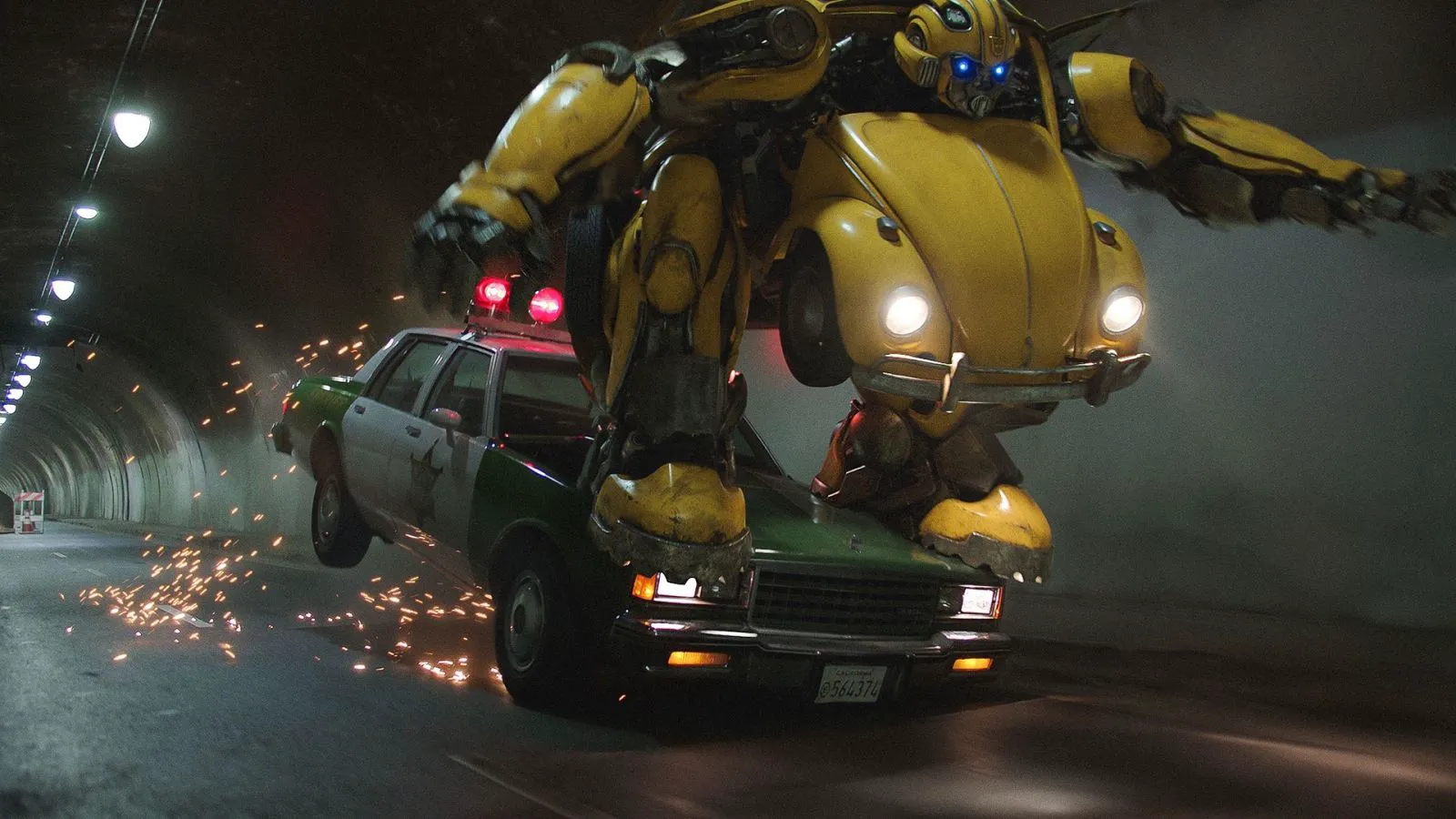
“Bumblebee” finds itself in a peculiar position. It’s a new installment in a franchise that, over a decade, transformed from a blockbuster juggernaut into a laughingstock, almost synonymous with mindless and soulless cinematic spectacles. Ironically, it had even lost that notoriety, as audiences seemed to have lost interest in the “Transformers” altogether. Just five years prior, these films were raking in billions; now, they barely break even, relying heavily on international box office revenue. In their home country, they were winning more Golden Raspberry Awards than greenbacks.
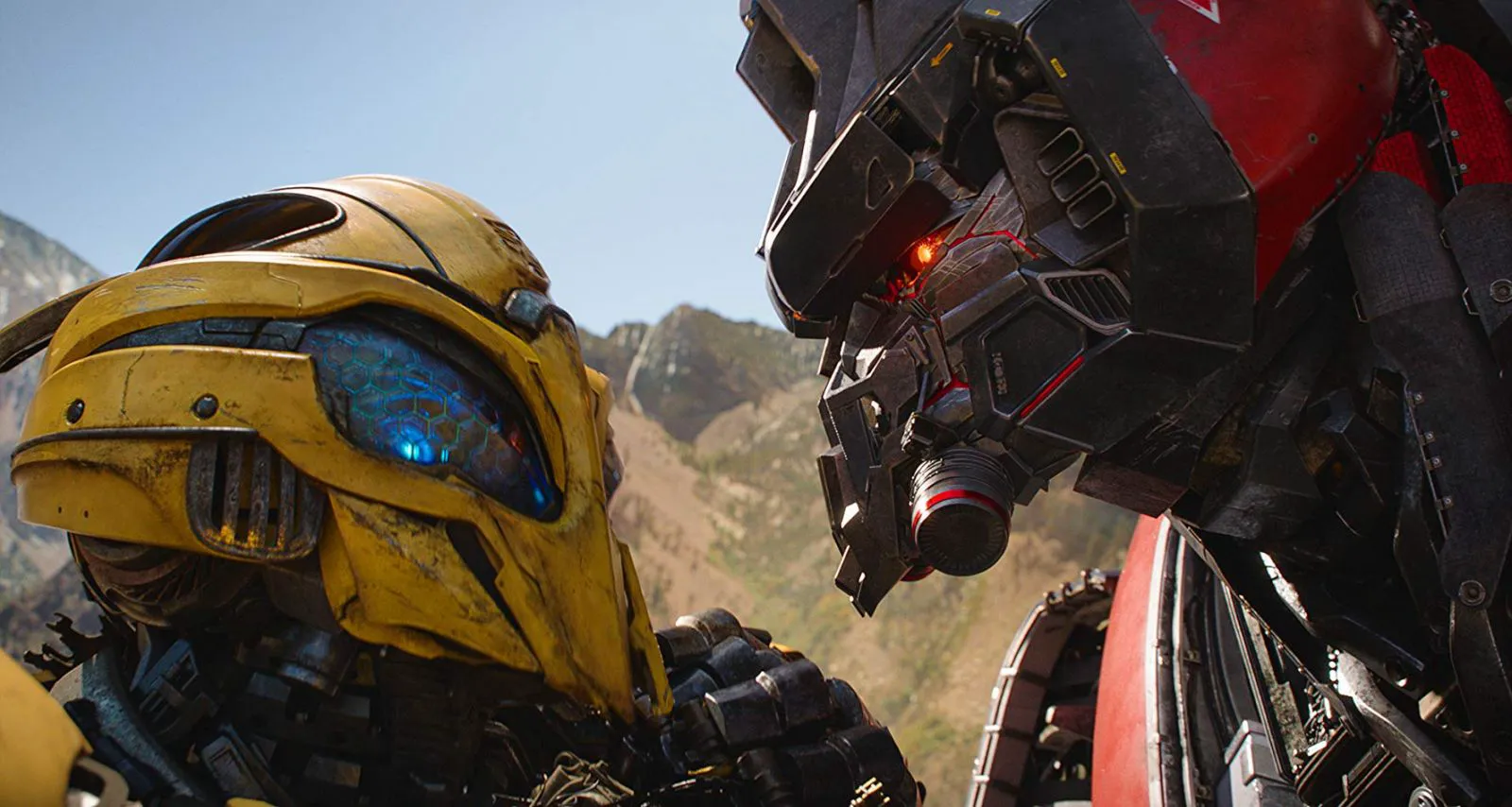
Ideally, “Bumblebee” should have been the franchise’s ticket into the era of serialized blockbusters and cinematic universes – a world that Michael Bay’s old-fashioned gigantism was clearly unprepared for. But the franchise, as it was, is essentially dead. All sequels and spin-offs following the failure of “The Last Knight” were canceled en masse, making Travis Knight’s film likely the swan song of the “Transformers.” But it’s an effective song, a nostalgic hit straight from the '80s, perfect for driving off into the sunset.
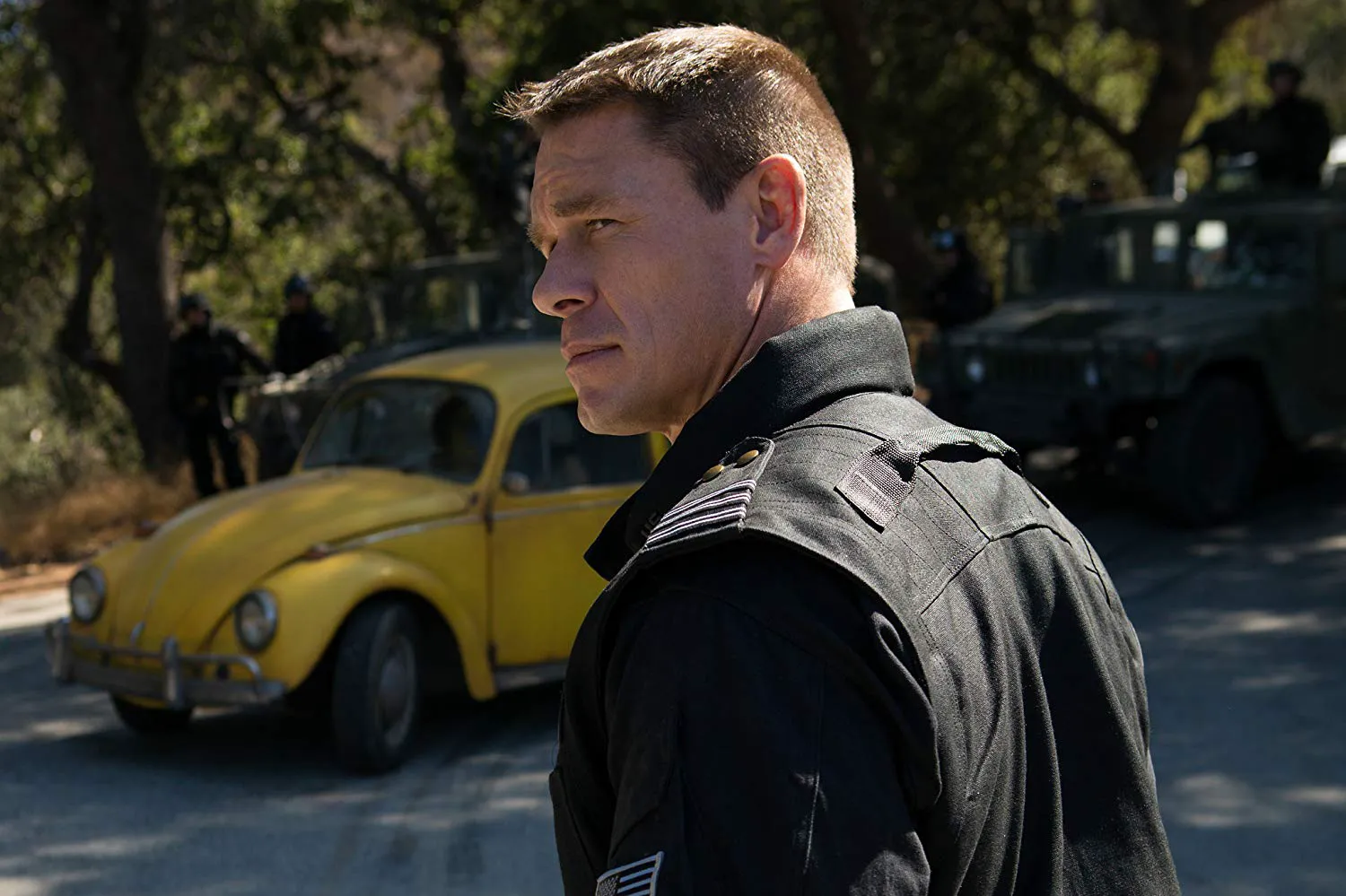
The film’s unique situation certainly works in its favor. “Bumblebee” doesn’t feel like a part of the terrible, overloaded narrative that Michael Bay constructed for so long. Of course, some external elements remain – there’s some pathos, a bit of fan service, and all that dull stuff about Autobots and Decepticons. In essence, everything that should connect the film to its “toyetic,” overloaded, and lifeless universe, which Travis Knight clearly isn’t very interested in. And it shows: the scenes on Cybertron, like the entire exposition, are the worst parts of the film. They feel like they were tacked onto “Bumblebee” after the fact, without much enthusiasm from the director, simply because they had to be there.
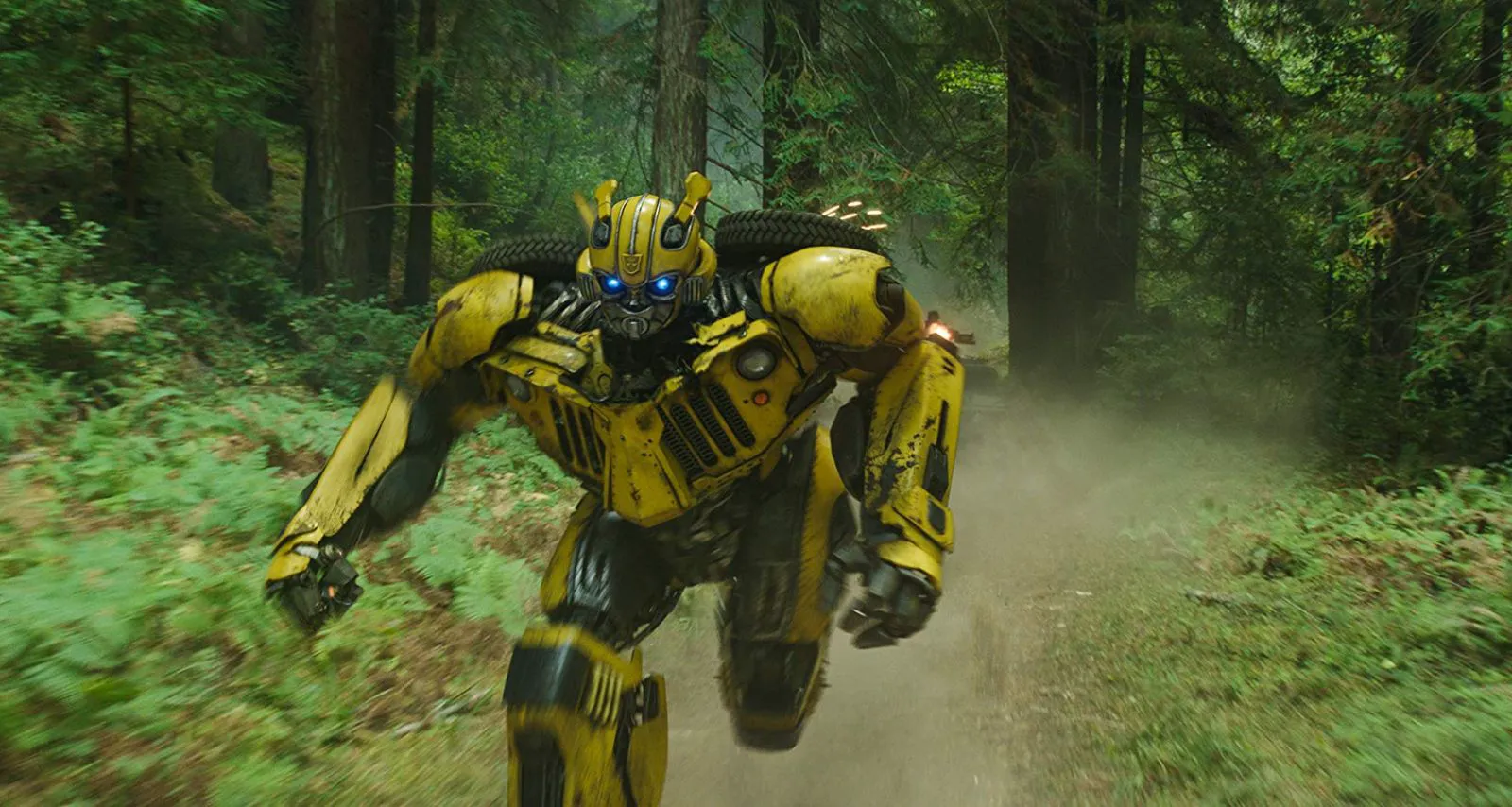
Even the colorful, megalomaniacal action – the main reason people loved “Transformers” during its brief years of glory – is transformed in Knight’s hands. It becomes a means to move the story forward, rather than an end in itself. And he shoots it better than Bay: it turns out that to do “boom” right, you need more than just MTV-style editing and advanced graphics. You also need a sense of restraint. Knight has that: no half-hour battles or gratuitous slow-motion, everything is clear, beautiful, and only there when it’s truly necessary.
A Touching Homage
The comparison is quite ironic: Bumblebee is literally both an alien and a steel giant.
Travis Knight is making a completely different kind of movie: a sweet family sci-fi film, a homage to “E.T.” and “The Iron Giant,” albeit slightly more simplistic. The film is essentially a simplified version of early Spielberg: also about the challenges of growing up, escapism, and self-acceptance. It’s a simple but effective film that places a fantastic concept at the center of an incredibly human story, where people are more important than any special effects.
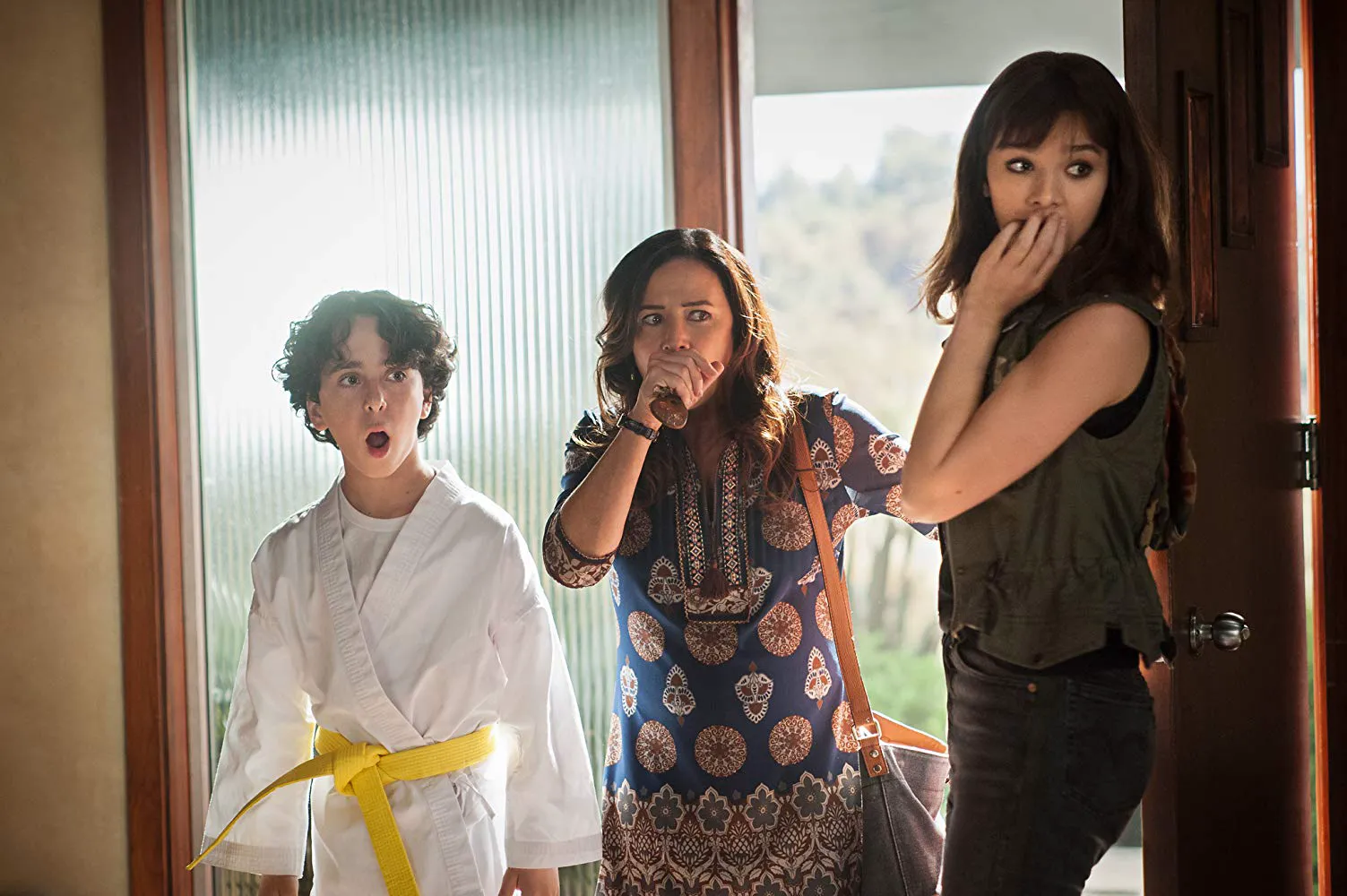
The Human Touch
One detail illustrates its difference from past “Transformers” films: in “Bumblebee,” we see the faces of the characters more often than in all the previous installments combined. In Bay’s films, if there’s a close-up, it’s either someone’s butt or an American flag. Travis Knight is genuinely interested in the characters, no matter how naive their archetypes may be or how simple the local drama is. Even if the dialogue is often too schematic, and after some jokes, you expect canned laughter, the approach itself is more important. Besides, “Bumblebee” has one answer to all the script’s shortcomings: Hailee Steinfeld. She seems to make even the most awkward line sound convincing.
The further the film goes, the less tedious and “obligatory” it becomes, and the more interesting and original it gets. Like in his excellent “Kubo,” Knight gains momentum towards the end, the connection with the characters strengthens, and the finale may well tear apart particularly sentimental viewers. And even non-sentimental ones: one of the final scenes here (the one with the rearview mirror), without joking, is the most touching thing we’ve seen in blockbusters this year. There’s only one question: why couldn’t it have been like this from the start?